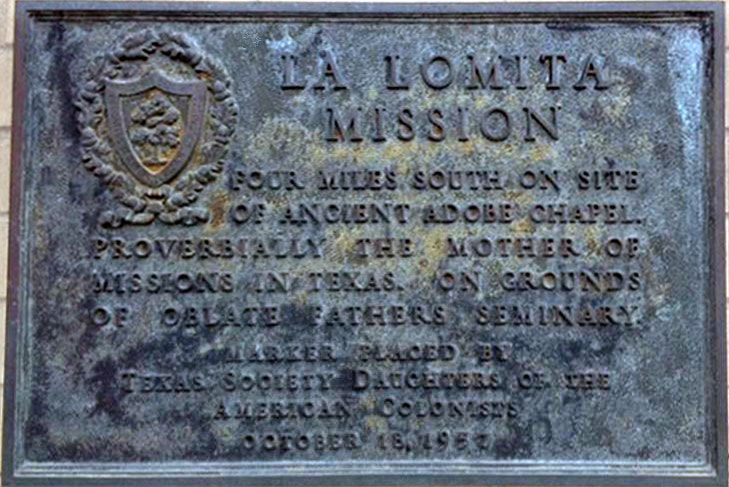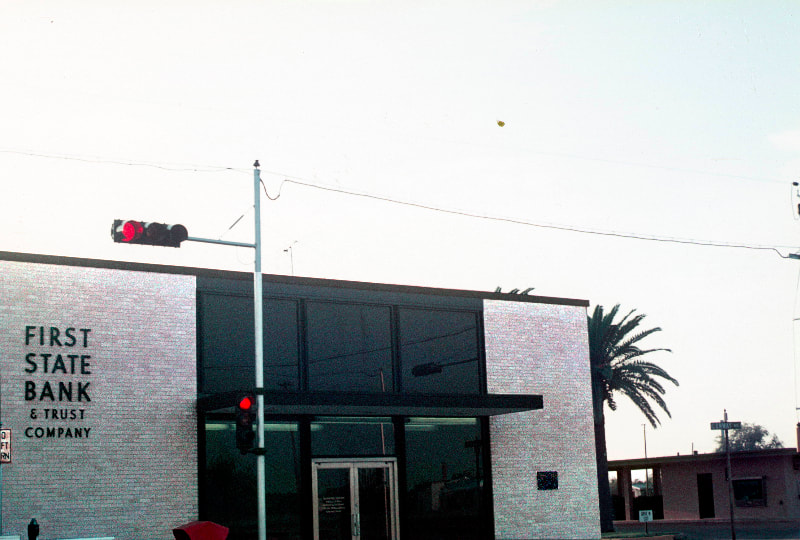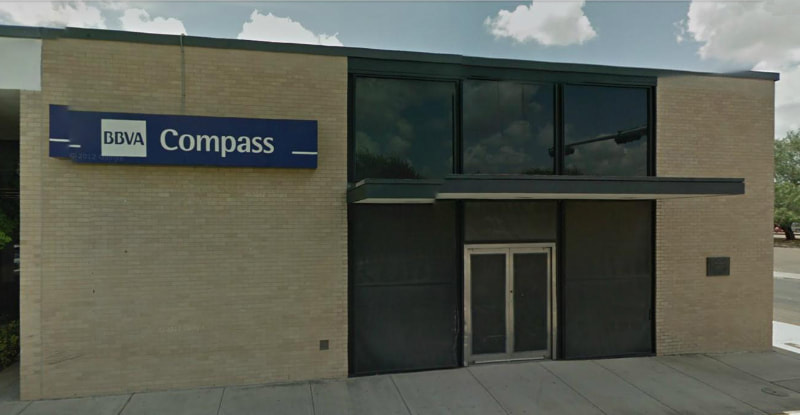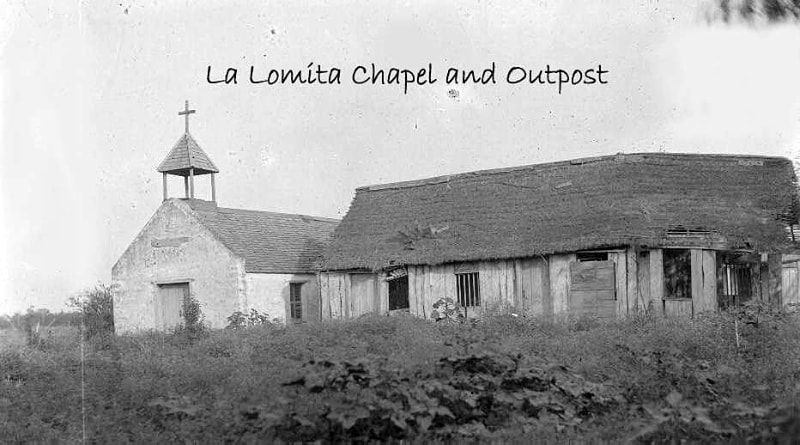18 OCT 1957
LA LOMITA MISSION
900 N CONWAY AVE, MISSION, TEXAS
The Rose Window of San Jose, San Antonio, TX
LA LOMITA
MISSION
FOUR MILES SOUTH ON SITE OF ANCIENT ADOBE CHAPEL.
PROVERBIALLY THE MOTHER OF
MISSIONS IN TEXAS. ON GROUNDS
OF OBLATE FATHERS SEMINARY.
MARKER PLACED BY
TEXAS SOCIETY DAUGHTERS OF THE
AMERICAN COLONISTS
OCTOBER 18, 1957
MISSION
FOUR MILES SOUTH ON SITE OF ANCIENT ADOBE CHAPEL.
PROVERBIALLY THE MOTHER OF
MISSIONS IN TEXAS. ON GROUNDS
OF OBLATE FATHERS SEMINARY.
MARKER PLACED BY
TEXAS SOCIETY DAUGHTERS OF THE
AMERICAN COLONISTS
OCTOBER 18, 1957
On October 18, 1957, during the term of Mrs. Mason Briscoe as State Regent, the Texas Society concluded another historical project which involved a DAC marker to commemorate La Lomita Chapel on the grounds of the Oblate Fathers’ Seminary near Mission, Texas. Believed by competent authorities to be older than the San Antonio missions, the chapel had been in continuous use since before 1824.
With priests and novices of Saint Peter’s Novitiate taking part, a ceremony was held at the chapel which was the “mission” from which the town took its name. Music was provided by the choir of the Novitiate. Those in attendance returned to the marker site for dedication of the plaque and presentation of it to the City of Mission, followed by a luncheon. The Society’s bronze plaque was placed on the south outside wall of Mission’s First State Bank and Trust Company, at the intersection of North Conway and East 9th Street; where traffic is required to stop before making a southward turn onto I-2/US-83 to reach the chapel, some three miles distant.
La Lomita (the hillock) was first built in 1865 by Rene Guyard, a French merchant of Reynosa, who had purchased the land in 1845. Guyard left this site and porciones 55 and 57 to the Oblate priests in 1871. La Lomita became an important site for the Calvary of Christ, the Oblate missionaries who rode up and down the Rio Grande Valley visiting widely separated Catholic churches, baptizing newborns, performing marriage ceremonies and blessing the dead.
Church records indicate that La Lomita was rebuilt in 1899 with stones carved from the hill it was built on by the Rev. Fr. F. Bugnard, O.M.I., the Rev. Fr. R. Pescheur and two Oblate brothers. Other buildings, including a rectory and livery stable, were added at this time to the La Lomita area. Records indicate that La Lomita has been replaced at least twice, first in 1899 and again in the 1920s, and repaired in 1937 by neighboring Catholic women. When the City of Mission, Texas was founded in 1908, the city was named “Mission” in honor of La Lomita Chapel. Now, La Lomita Chapel is a religious shrine and a favorite site of historians that provides a glimpse into an important part of the history of Mission and South Texas in general.
Church records indicate that La Lomita was rebuilt in 1899 with stones carved from the hill it was built on by the Rev. Fr. F. Bugnard, O.M.I., the Rev. Fr. R. Pescheur and two Oblate brothers. Other buildings, including a rectory and livery stable, were added at this time to the La Lomita area. Records indicate that La Lomita has been replaced at least twice, first in 1899 and again in the 1920s, and repaired in 1937 by neighboring Catholic women. When the City of Mission, Texas was founded in 1908, the city was named “Mission” in honor of La Lomita Chapel. Now, La Lomita Chapel is a religious shrine and a favorite site of historians that provides a glimpse into an important part of the history of Mission and South Texas in general.




